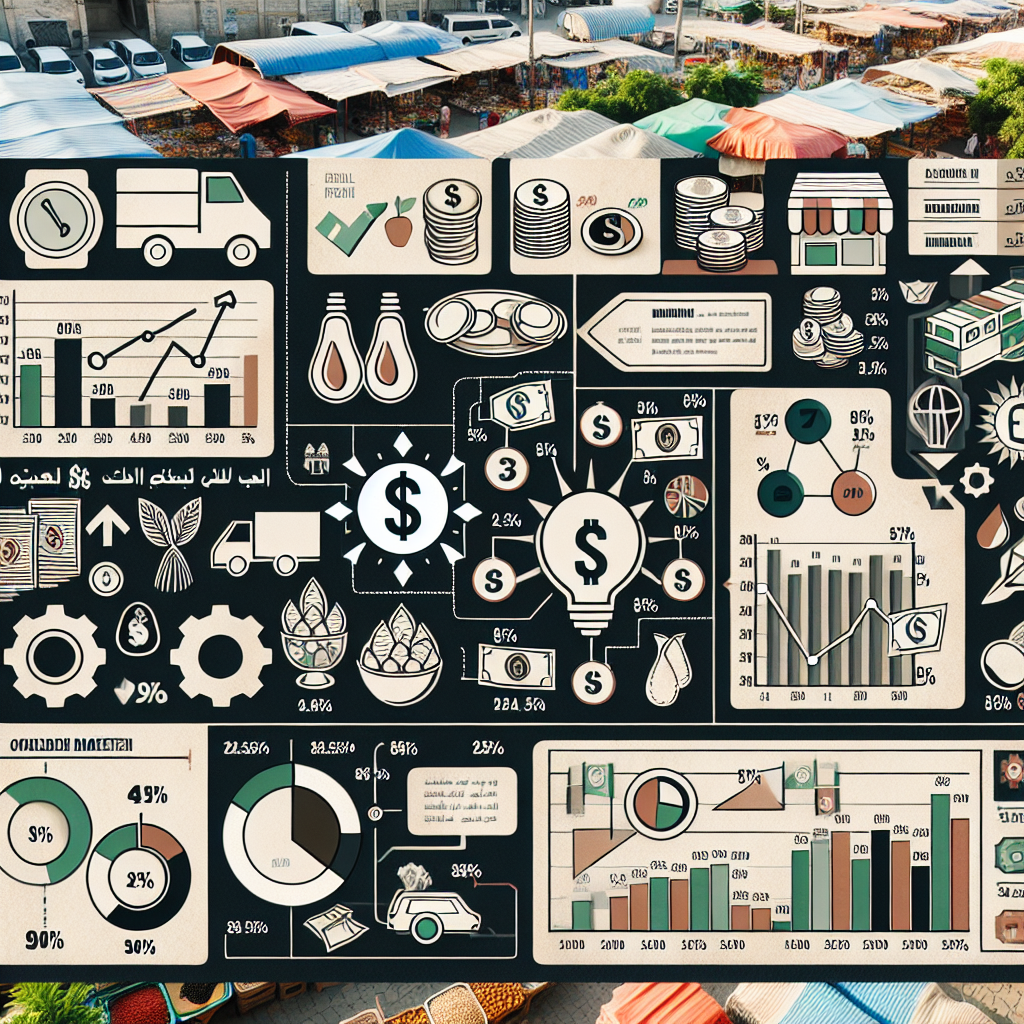Understanding Food Prices in Gaza
-
Table of Contents
Understanding Food Prices in Gaza

Introduction to the Issue
The food pricing situation in Gaza is a complex issue influenced by a variety of factors. This summary explores the key elements affecting food prices in the region, providing insights into the economic and social dynamics at play.
Key Factors Influencing Food Prices
- Blockade and Restrictions: The ongoing blockade has severely restricted the flow of goods, leading to scarcity and increased prices.
- Economic Instability: High unemployment rates and limited economic opportunities contribute to fluctuating food prices.
- Import Dependency: Gaza relies heavily on imports for food supplies, making prices vulnerable to external market changes.
- Local Production Challenges: Limited agricultural resources and infrastructure issues hinder local food production, affecting availability and cost.
Impact on the Population
The rising food prices have a profound impact on the daily lives of Gaza’s residents, exacerbating poverty and food insecurity. Many families struggle to afford basic necessities, leading to increased reliance on aid and humanitarian assistance.
Efforts to Mitigate the Crisis
- International Aid: Various international organizations are providing food assistance and support to alleviate the crisis.
- Local Initiatives: Community-driven projects aim to boost local food production and reduce dependency on imports.
- Policy Advocacy: Efforts are underway to advocate for policy changes that could ease restrictions and improve economic conditions.
Conclusion
Understanding the intricacies of food prices in Gaza reveals a multifaceted challenge driven by external and internal factors. Addressing these issues requires a coordinated effort involving international aid, local initiatives, and policy reforms to ensure food security and economic stability for the region’s residents.

















